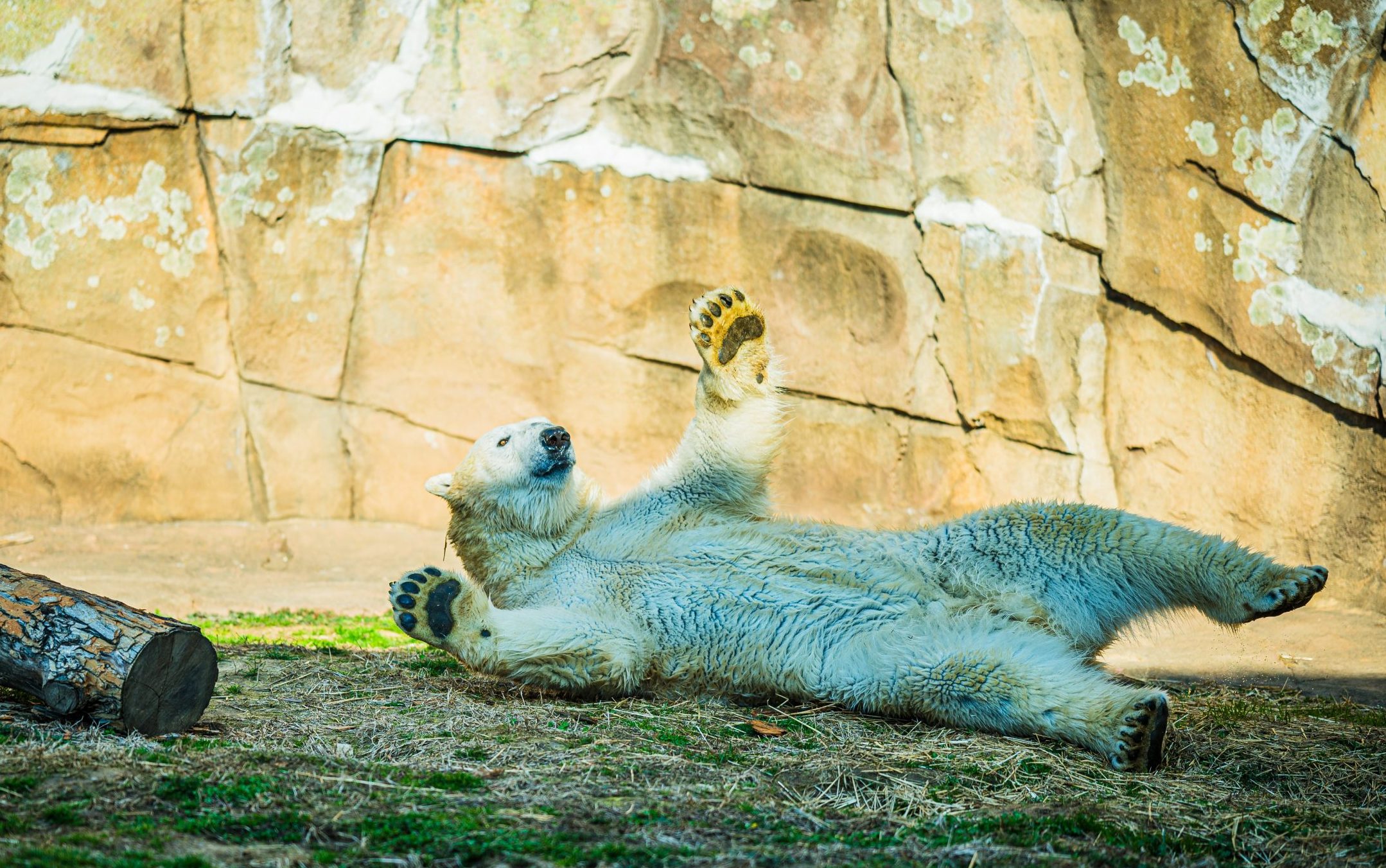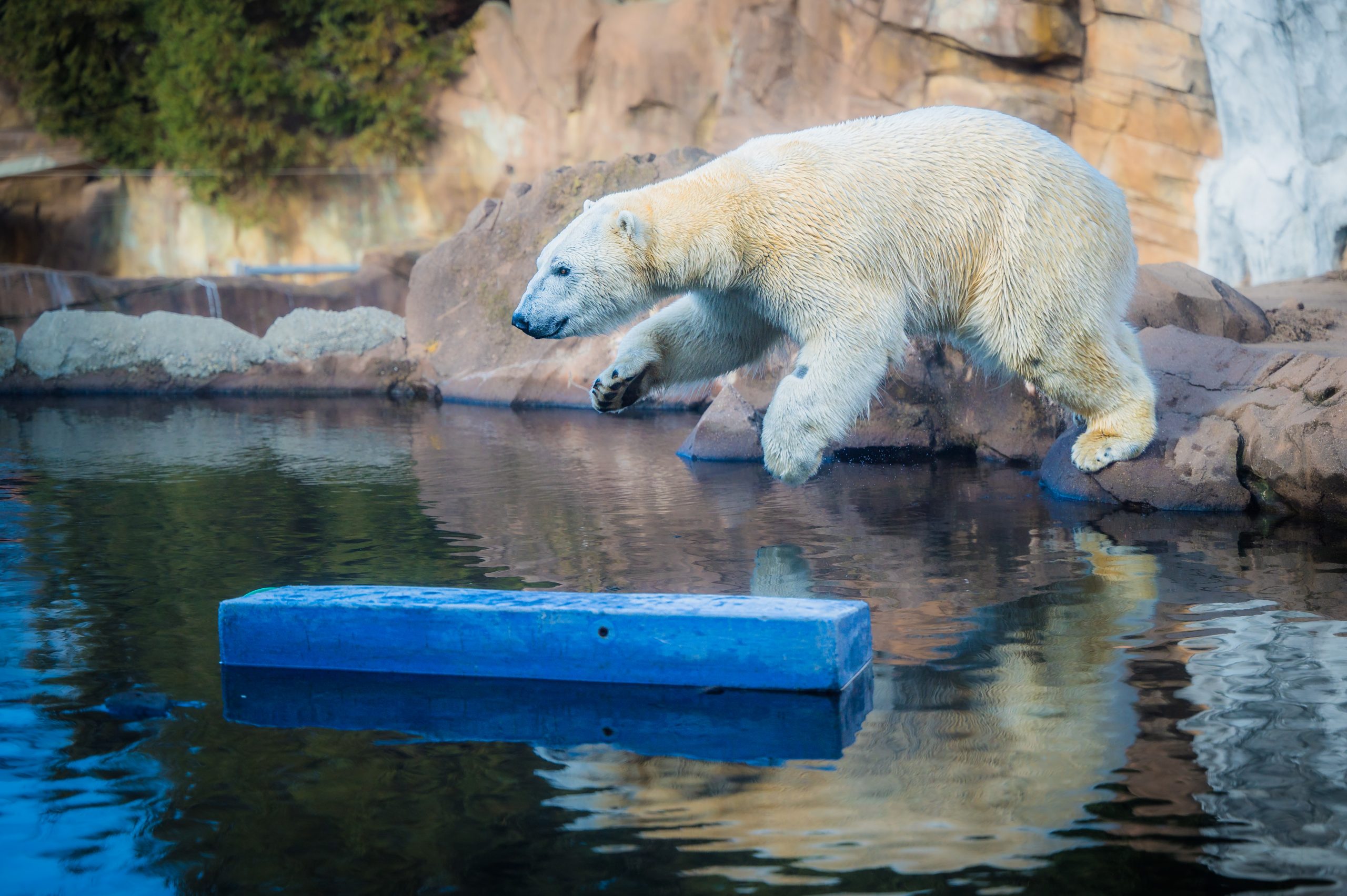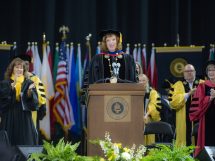
LOUISVILLE — After years of discussions with various agencies and organizations, the Louisville Zoo is excited to announce that ever-popular and wild-born, rescued polar bear Qannik can finally join the Association of Zoos and Aquariums (AZA) cooperative breeding program thanks to crucial assistance delivered by Sen. Rand Paul and his team. Her breeding mate will be Borealis (“Bo”).
According to Louisville Zoo Director, Dan Maloney, “Over the years, AZA professionals have had multiple meetings about the few polar bears that have been rescued as orphaned cubs and their potential to be parents. Due to her wild-born status, Qannik has existed, until recently, in a kind of nebulous, reproductive “Twilight Zone” category. That is, until U.S. Fish and Wildlife Service staff, AZA leadership and Senator Paul’s team worked together to finally admit Qannik into the program.”
Born at the Toledo Zoo, Borealis aka “Bo,” named for the Aurora Borealis, came to Louisville from Henry Vilas Zoo in Madison, Wisconsin and has completed his standard quarantine period. The large (over 1,000 pounds!) bear is currently on exhibit at the Louisville’s award-winning Glacier Run.
“Breeding recommendations are an important part of ensuring the species’ future. As a wild-born bear, Qannik’s genes are not represented anywhere within in the zoo population. Her contribution to the health of the species will be vital. When determining potential pairings, genetic pedigree, age and temperament are all important factors for consideration,” said Maloney.
Louisville Zoo would like to thank U.S. Senator Rand Paul and AZA CEO Dan Ashe for their pivotal role in achieving permission from U.S. Fish and Wildlife Services (USFWS) for rescued orphaned polar bears to become parents.
“Dr. Paul is pleased and proud to help Louisville Zoo, the State Zoo of Kentucky, and Qannik, who has quickly become a fan-favorite of our Team. We are super excited by the prospect of her becoming a mom and look forward to continuing our assistance with such a worthwhile cause,” said Rob Givens, the Senator’s State Director.
“We cannot thank Team Paul enough for their efforts on behalf of Qannik and, really, all bears,” said Maloney. “We are hopeful for the future with this much-anticipated breeding recommendation coming to fruition. This precious and iconic North American species needs our attention. It will be a well-planned, carefully orchestrated, closely monitored, and hopefully successful breeding process between Qannik and Bo.”
Qannik made national headlines when she was found on Alaska’s North Slope in 2011 separated from her mother and sibling. After several days of monitoring her in hopes that she would reunite with the other bears, USFWS began a rescue operation. Qannik was under weight. At 4 months of age, she could not survive on her own, having not learned vital skills for swimming and hunting. She has been at the Louisville Zoo’s award-winning Glacier Run exhibit since June 28, 2011.
Polar Bears are one of North America’s iconic species. They are listed as vulnerable on the IUCN (International Union for Conservation of Nature) Red List of Threatened Species and listed as threatened by USFWS. The main threat and reason for diminishing numbers for polar bears is loss of sea ice, adversely affecting their ability to hunt offshore for their main prey, seals. Hunting seasons are shrinking, which means less food for survival. Current polar bear populations are estimated at 25,000 worldwide. Their numbers are also being affected due to pollution and disturbance of their habitat (especially the females’ denning sites) by Arctic oil exploration.

The Zoo is open daily year-round. Now through March 15, hours are 10 a.m. ─ 4 p.m. (stay until 5 p.m.) The Zoo is closed on Thanksgiving, Christmas, and New Year’s Day. Visit louisvillezoo.org for more info.



















